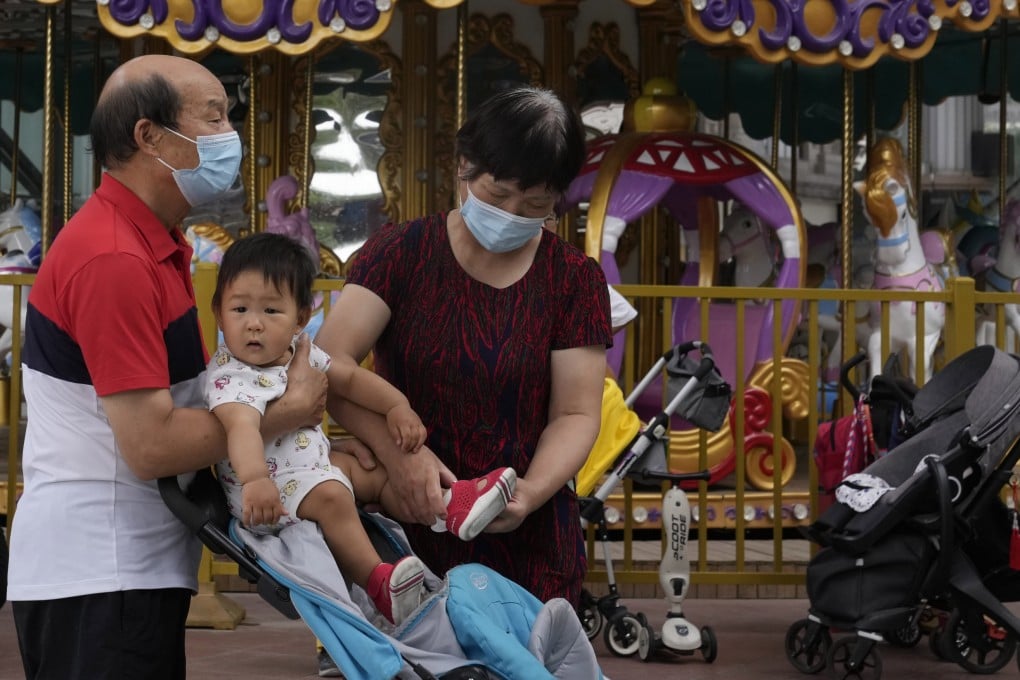Macroscope | From China to the US, spending on healthcare, housing and education must rise
- Ageing societies and the pandemic-induced shock to the medical system will drive spending to address capacity shortfalls and improve long-term care services
- Meanwhile, a growing middle-class population and the rising cost of living call for greater spending on affordable housing and education

An important component of infrastructure-spending proposals relates to the upgrading of medical infrastructure. A key reason for this is the uptick in old-age dependency ratios. The effects of a growing “silver generation” and falling fertility rates mean the proportion of old-age population relative to the working-age population has increased significantly.
Despite this, healthcare-related spending has risen at a modest pace. China’s spending on healthcare as a percentage of its gross domestic product rose just 0.4 per cent, while in the US it rose by a mere 0.2 per cent.
Most recently, however, the outbreak of Covid-19 has exposed the fragility and lack of capacity in existing medical systems and supply chains, highlighting the urgent need for greater investment in medical infrastructure. With only 2.9 hospital beds per 1,000 people globally as of 2017, this lack of capacity could pose long-term systemic risks and potentially crowd out vital healthcare services if left unaddressed.
